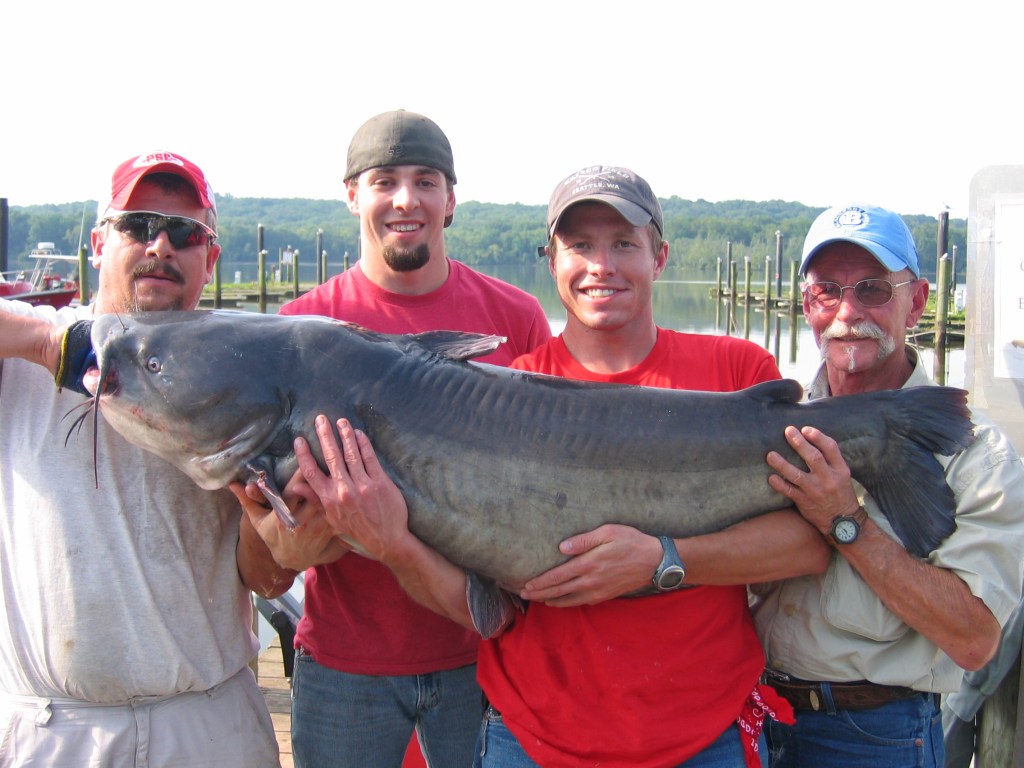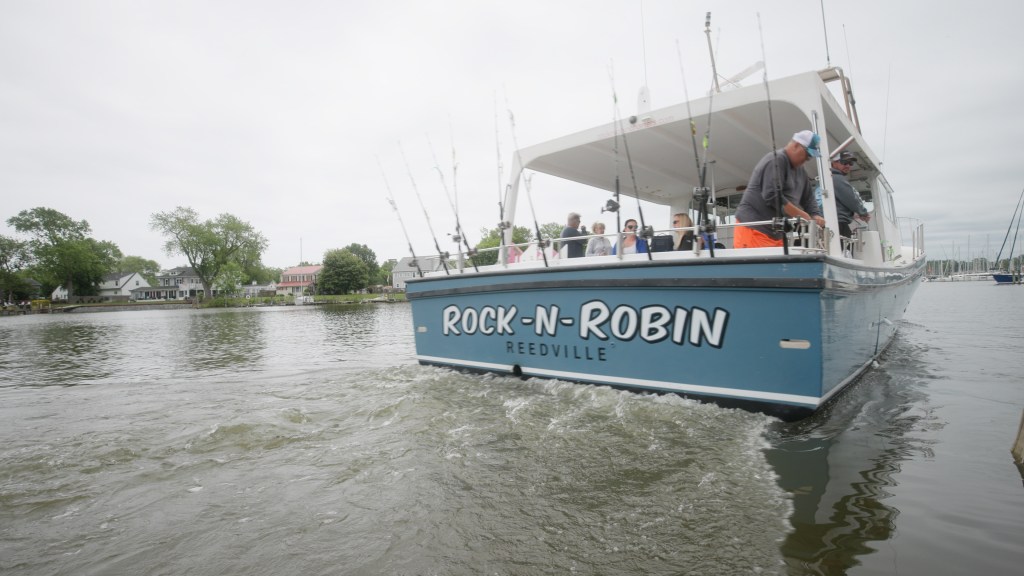The Chesapeake Bay is the largest estuary in the United States. On the surface it can appear to be a pristine haven for locals and tourists who want to enjoy nature. However, beneath the scenic waters lies an environmental nightmare: blue catfish. It’s an invasive species that can grow larger than 80 pounds.

According to the Maryland Department of Natural Resources (DNR), there were an estimated 100 million catfish in the bay in 2011. Although there are no recent estimates, the DNR knows the population has grown.
“Supposed to be zero, supposed to be zero blue catfish in the Chesapeake Bay Basin,” Joseph Love, a member of the DNR Invasive Species Matrix Team, said.
These catfish are eating everything that make the Chesapeake Bay what it is: blue crabs and the eggs of striped bass.
“The Chesapeake Bay is changing and part of that’s owed to invasive species,” Love said in an interview with Straight Arrow News.
The environmental nightmare is a dream for both commercial and recreational fishermen. Because catfish are invasive and the Department of Natural Resources wants the population reduced, there are no limits. So people can catch as many blue catfish as they want, whenever they want.

Captain Marcus Wilson, who runs the Rock-N-Robin, used to have a lucrative trophy striped bass season where customers would flock to catch striped bass at least three feet long. However, the DNR canceled the trophy season this year as an emergency regulation to protect the bass’ spawning population.
“Due to regulations and the way things have shaken out, it’s, you know, they’ve taken that away from us,” Captain Wilson said. “So we’ve had to find something else to supplement that loss of business. So the blue catfish and charters for them have been great, and in the springtime, it’s an excellent fishery.”
Catfish are also fun for recreational fishermen like Agathon Soler who fishes for them from a kayak in the Patuxent River.

“It’s a win-win situation,” Soler said. “They taste good, they’re fun to catch and it helps the environment.”
Blue catfish were introduced in Virginia rivers from the Mississippi River Basin in the 1970s. They were brought there to give anglers a trophy fish and the government didn’t think they’d spread. The government was wrong. Catfish were discovered in the Potomac River in the 1980s, and are now found all the way up to the Susquehanna.
“Because blue catfish are so abundant and because they get so large and consume a lot of food, the department is very concerned that they’re impacting these aquatic resources of traditional value to the state,” Love said. “And for that reason, the department has been really pushing hard to try and encourage people to eat them because really, it’s the best mechanism we have right now for controlling biomass.”
To build up the public’s appetite, DNR, fishermen, restaurants and grocery stores need to convince people that blue catfish are good eating. To help, Captain Marcus gives clients recipes and cooking tips.
“I like to personally cut them up in small nuggets and deep fry,” Wilson said. “I think it’s hard to beat that. But the fish is such a mild, flaky fish, it’s actually, it’s very versatile. You can do anything you want with it really. You can blacken it, you can grill it, you could make crab imperial and put that on top of it, bake it and it’s really good any kind of way.”
It’s rare that a department tasked with protecting the environment encourages anglers to catch as many fish as they possibly can. But in the case of the blue catfish, catching them helps everyone: fishermen, the environment and hungry customers who love seafood.
“I just encourage people to try something different,” Wilson said. “Try a new fishery, come with us, you know, it’s a nice way to spend a nice spring day out fishing. There’s nothing else to target that time of year in the spring and they’ll bite all summer long.”